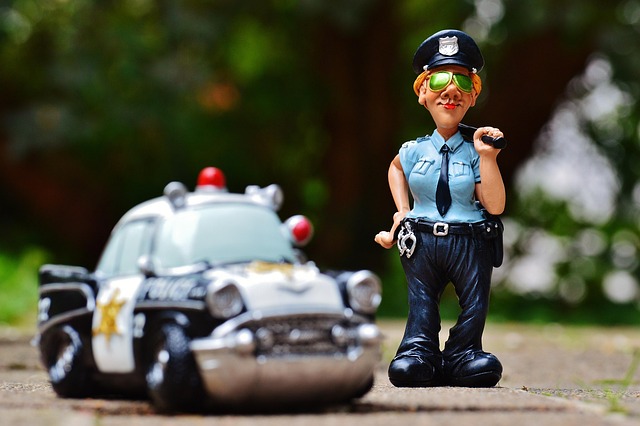Looking to register your car in California? Navigating the process can seem daunting, but with the right preparation, it’s straightforward. This guide walks you through every step, from understanding the registration process and gathering essential documents to visiting a California DMV office and verifying your Vehicle Identification Number (VIN). We’ll also cover completing the registration and title transfer smoothly. Using our DMV VIN verifier tools, ensure accuracy and expedite your car registration in CA effortlessly.
- Understanding the Registration Process
- Gather Required Documents
- Visit a California DMV Office
- Verify Vehicle Identification Number (VIN)
- Complete the Registration and Title Transfer
Understanding the Registration Process

Understanding the Registration Process in California
Registering a car in California involves several steps, and one crucial element is ensuring your vehicle’s identity through a process known as VIN (Vehicle Identification Number) verification. The first step begins at the California Department of Motor Vehicles (DMV) or a designated agent, where you’ll need to provide essential documents, including proof of ownership, identification, and perhaps, if required, evidence of insurance. During this initial stage, a DMV official will cross-reference your vehicle’s VIN with their records to ensure it matches the details on file.
This verification process is particularly important for ensuring that only legitimate vehicles access the road and for maintaining accurate record-keeping. In California, you might also opt for a mobile vin verification or mobile vin inspection service, which allows you to complete this step conveniently from your location, further streamlining the registration process.
Gather Required Documents

Before registering your car in California, ensure you have all the necessary documents ready for a smooth process. The first step is to obtain a Vehicle Identification Number (VIN) verification from a trusted source. You can use a DMV VIN verifier or consider a mobile vin verification service for convenience. This step is crucial as it confirms the vehicle’s history and ensures it meets state requirements.
Gathering the required documents includes providing proof of ownership, such as a title or bill of sale, along with valid identification like a driver’s license. Additionally, you’ll need to present a current insurance card and possibly pay registration fees, depending on your vehicle type. For a seamless experience, some individuals opt for a vin inspection from specialized mobile services, which can be particularly useful if you’re unable to visit a DMV office.
Visit a California DMV Office

To begin the process of registering your car in California, start by visiting a local Department of Motor Vehicles (DMV) office. These offices are equipped with the necessary resources to guide you through every step, including a vin verifier to ensure your vehicle’s authenticity. Bring along all required documents, such as proof of ownership and identification, for a smooth registration experience.
While many people opt for traditional in-person visits, California’s DMV also offers convenient alternatives like mobile vin inspection. This service allows you to get a head start on the registration process by having your vehicle’s VIN (Vehicle Identification Number) verified remotely, making it easier and faster to complete all necessary formalities.
Verify Vehicle Identification Number (VIN)

Before initiating the registration process, it’s crucial to verify your vehicle’s Vehicle Identification Number (VIN). This unique 17-character code is a critical component in identifying your car and ensures accurate registration. You can confirm the VIN by checking the vehicle’s registration documents or looking at the label on the driver’s side door frame or engine hood.
For convenience, many individuals opt for a mobile vin inspection or use a vin verifier app to cross-reference the provided numbers with official databases. This extra step not only simplifies the registration process but also helps prevent errors and potential issues down the line, especially when dealing with insurance or selling your vehicle.
Complete the Registration and Title Transfer

Once you’ve gathered all the necessary documents and passed the vehicle inspection, it’s time to complete the Registration and Title Transfer process with the DMV (Department of Motor Vehicles). This involves submitting your application form, along with proof of identification and insurance, at your nearest DMV office or online. The key step here is ensuring your Vehicle Identification Number (VIN) is accurately recorded using a reliable VIN verifier, like the DMV’s own service, to establish ownership and verify the vehicle’s history.
Using a mobile VIN verification service can streamline this process even further. These services allow you to quickly and easily obtain a detailed vehicle report, including historical data and any potential issues, right from your smartphone or computer. This ensures a smoother registration experience, saving you time and effort in California.
Registering a car in California involves understanding the process, gathering essential documents, visiting a local DMV office, verifying the Vehicle Identification Number (VIN), and completing the registration and title transfer. Using a trusted DMV VIN verifier can streamline this process, ensuring accuracy and efficiency every step of the way. With these simple steps, you’ll be on your way to legal and secure car ownership in no time.
